Stop Specializing, Start Connecting
Why T-Shaped Artists Will Thrive
When I first started in the industry, I was told to pick a lane and go deep.
If you were a lighter, you lit. If you were a modeler, you modeled. Maybe you learned just enough outside your lane to not break the pipeline, but not much more. The idea was: the deeper your skillset in one area, the more valuable you'd be to a studio.
And that made sense… for a while.
But things are changing. Fast.
The Rise of the Connector
These days, I see a different kind of artist thriving — the connector. Someone who might start out as a lighter or texture artist, but who can speak fluently with engineers, understand how automation works, collaborate with marketing teams, and not get nervous in a spreadsheet.
They're not dabblers — they’ve still got depth. But they also have a curiosity that drives them to explore beyond their core discipline. That’s what makes them invaluable.
In other words: they’re T-shaped.
You’ve probably heard that term before — it means someone who has deep expertise in one area (the vertical of the "T") and broad knowledge across others (the horizontal bar). But what doesn’t get said enough is this: being T-shaped is no longer optional. It's becoming essential.
Why now? Because 3D isn’t some independent artistic discipline living on the fringes anymore — it’s being brought into the fold of broader creative workflows. As more teams and industries realize the power of 3D, the demand for artists who can integrate and collaborate across departments has skyrocketed.
At the same time, 3D artists are no longer siloed inside massive VFX or animation studios, where entire teams are dedicated to each slice of the pipeline. More and more artists are moving into industries like fashion, footwear, e-commerce, architecture, and industrial design — where the 3D team might be five people instead of fifty. That means more collaboration, more problem-solving, and more hats to wear.
In these environments, the ability to bridge disciplines isn’t just a bonus — it’s how you stay relevant. It’s how you lead.
Another key shift? In entertainment, most people have at least a general understanding of how a 3D pipeline works. A rigger gets what a shader does. A lighter knows how a character comes together. There’s a shared context. But outside that world, you might be the only one in the room who understands what 3D even is, let alone how it functions from end to end. That broad knowledge you bring? It becomes crucial.
You're not just executing tasks — you're educating, advocating, and shaping workflows for people who rely on your expertise to make strategic decisions.
And with that comes the need to clearly communicate those workflows to non-3D folks. That might mean explaining that a single marketing image requires input from modeling, texturing, lighting, and rendering. Or breaking down why creating a realistic product render isn’t just clicking a button — it involves material physics, lighting principles, and storytelling. Most people don’t know what a UV map is, or why naming conventions matter. The clearer you can be, the more trust you build. You're not just the technical expert — you're the translator between creative and business, between potential and execution.
Your Mix of Skills Is an Asset
In our industry, I’ve seen FX artists who helped build pipelines for product visualization companies. Compositors who've shaped entire workflows for apparel brands. Surfacing artists who taught themselves AR and are now leading innovation in virtual try-on.
What they all have in common is that they didn’t wait for permission. They followed their curiosity. They picked up new tools. They crossed domains. And in doing so, they became the kind of people companies need — not just to fill roles, but to help define what’s next.
When I talk to hiring managers outside entertainment — in fashion, footwear, product marketing — they’re not just looking for someone who can shade a bottle. They want someone who can speak 3D and business. 3D and automation. 3D and user experience. That’s where the value is.
Redefine What Success Looks Like
So if you’ve ever worried that your resume doesn’t fit in a clean box, or that your mix of interests is “too weird” — let me reframe that:
That might be your biggest strength.
Because the future doesn’t belong to people who only know the tools. It belongs to those who connect the dots — between disciplines, teams, and ideas. The ones who explore. Who collaborate. Who reframe problems in ways no one else in the room can.
You don’t need to specialize harder. You don’t need to become more like everyone else.
You just need to lean into the kind of artist you already are.
Stay curious. Stay scrappy. And keep building the kind of career only you could build.
The 3D Artist Community Updates
3D Merch is here and we have a new hoodie!
3D News of the Week
Adobe launches Premiere Pro’s generative AI video extender - The Verge
Touchable 3D holograms are now a reality in world-first breakthrough - TechSpot
Blender Guru Released New Complete Course On Mastering Blender's Eevee - 80.lv
Roblox’s new AI model can generate 3D objects - The Verge
The quest to save Notre Dame brought together unlikely game giants - Polygon
3D Tutorial
Kris Costa releasing his classes for free!!!
From Kris:
This video series originates from the Fly On The Wall Studio live, raw and unedited session recordings (2019-2021) and is presented as a free educational resource (not for resale). While some of the featured software and techniques may be obsolete, the core instructional content remains relevant. Owing to time limitations, comment sections are disabled. Your support through donations of any value is welcome, but don't feel obligated in any way. All course content will be made available on a predetermined release schedule. Please consider subscribing and turning ON the notification bell, as new videos will continue to be uploaded every few days starting from today. To my former students: thank you immensely for your support over the years. This would not be possible without each and every one of you.
3D Job Spreadsheet
Link to Google Doc With A TON of Jobs in Animation (not operated by me)
Hello! Michael Tanzillo here. I am the Head of Technical Artists with the Substance 3D Growth team at Adobe. Previously, I was a Senior Artist on animated films at Blue Sky Studios/Disney with credits including three Ice Age movies, two Rios, Peanuts, Ferdinand, Spies in Disguise, and Epic.
In addition to his work as an artist, I am the Co-Author of the book Lighting for Animation: The Visual Art of Storytelling and the Co-Founder of The Academy of Animated Art, an online school that has helped hundreds of artists around the world begin careers in Animation, Visual Effects, and Digital Imaging. I also created The 3D Artist Community on Skool and this newsletter.
www.michaeltanzillo.com
Free 3D Tutorials on the Michael Tanzillo YouTube Channel
Thanks for reading The 3D Artist! Subscribe for free to receive new posts and support my work. All views and opinions are my own!



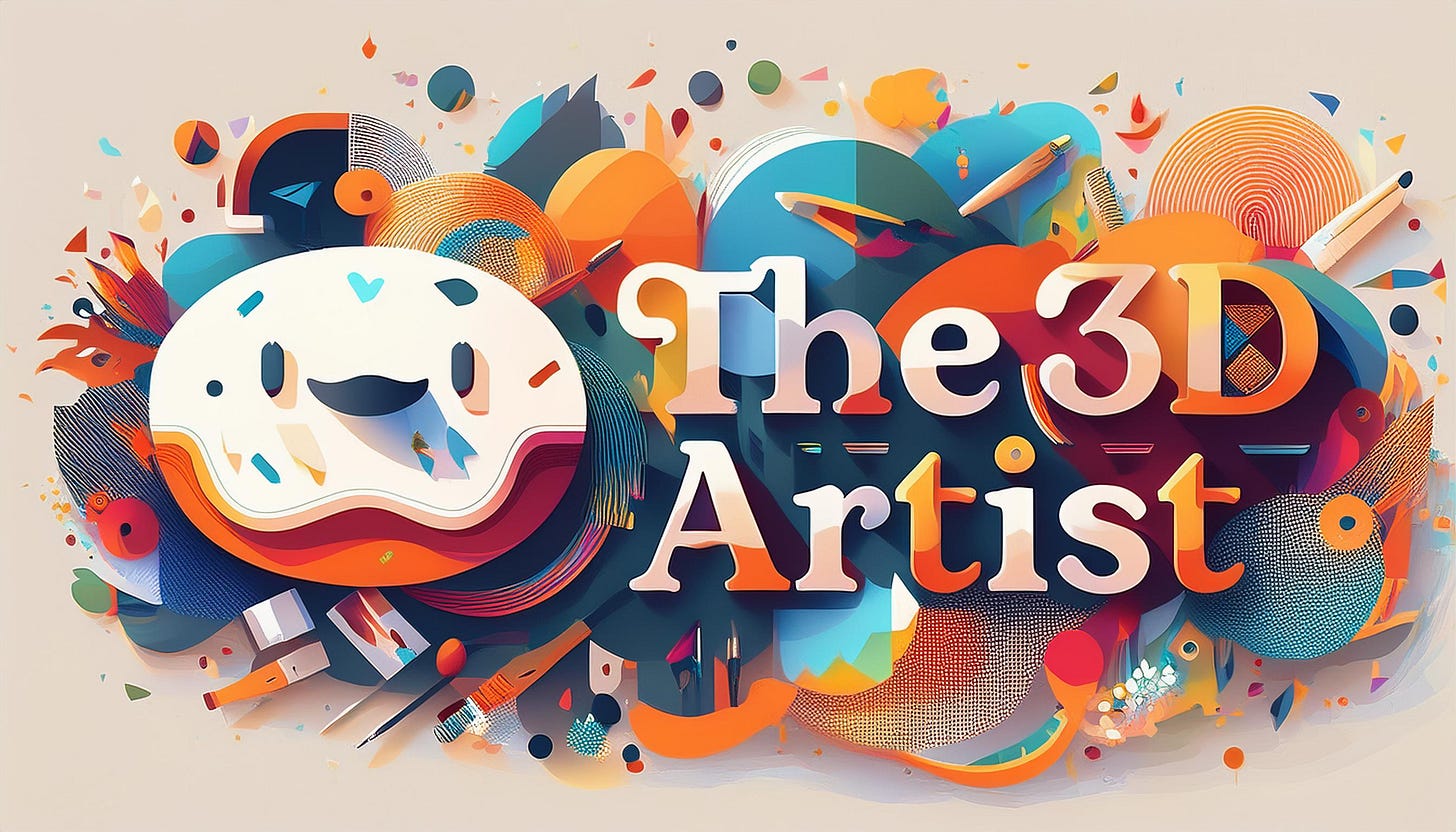
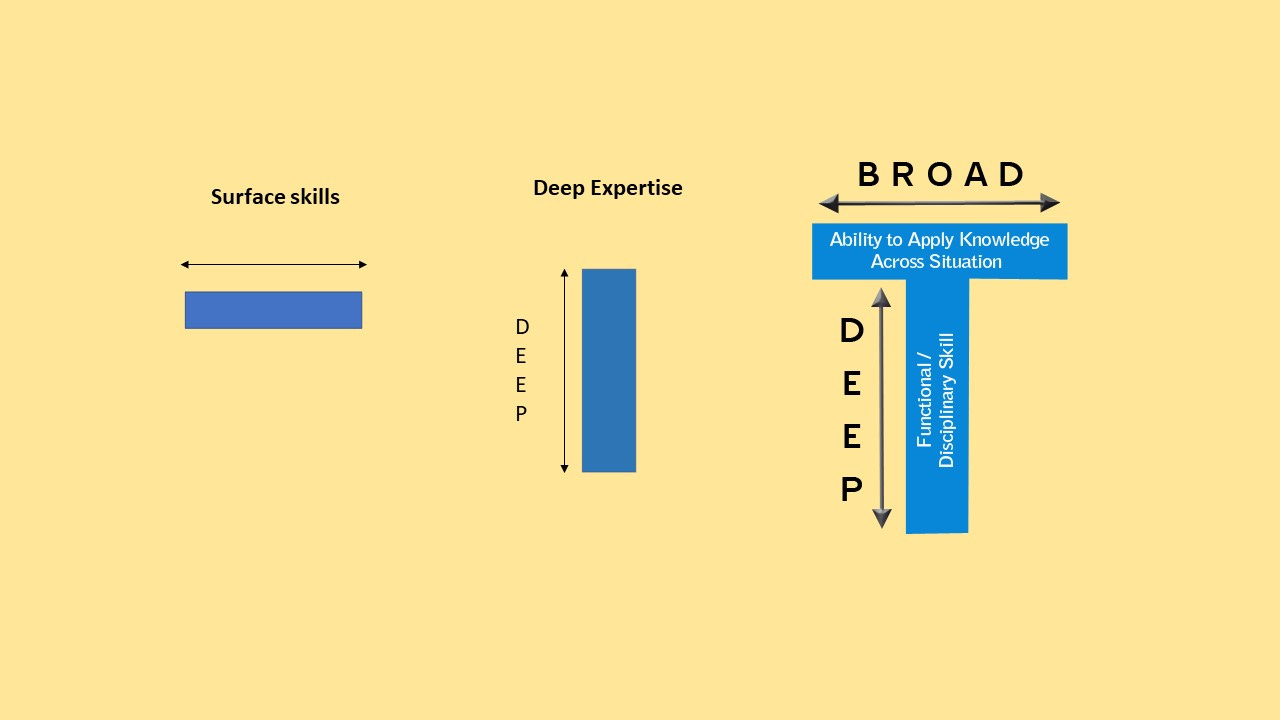
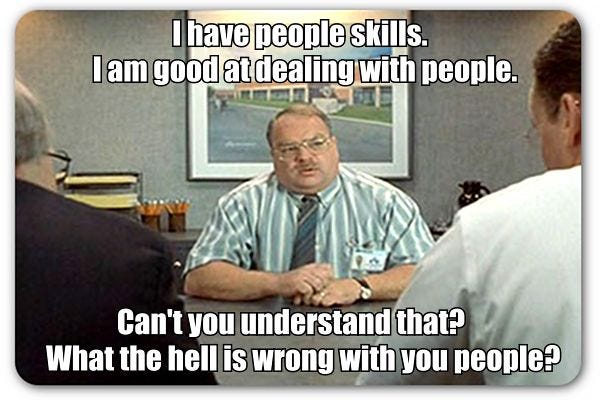
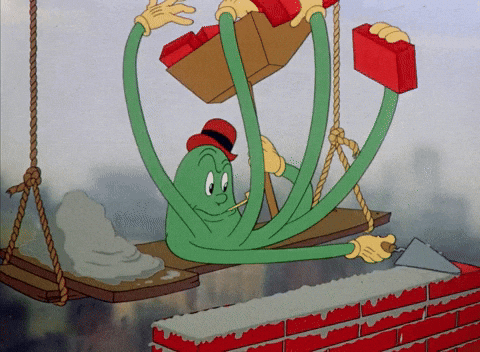
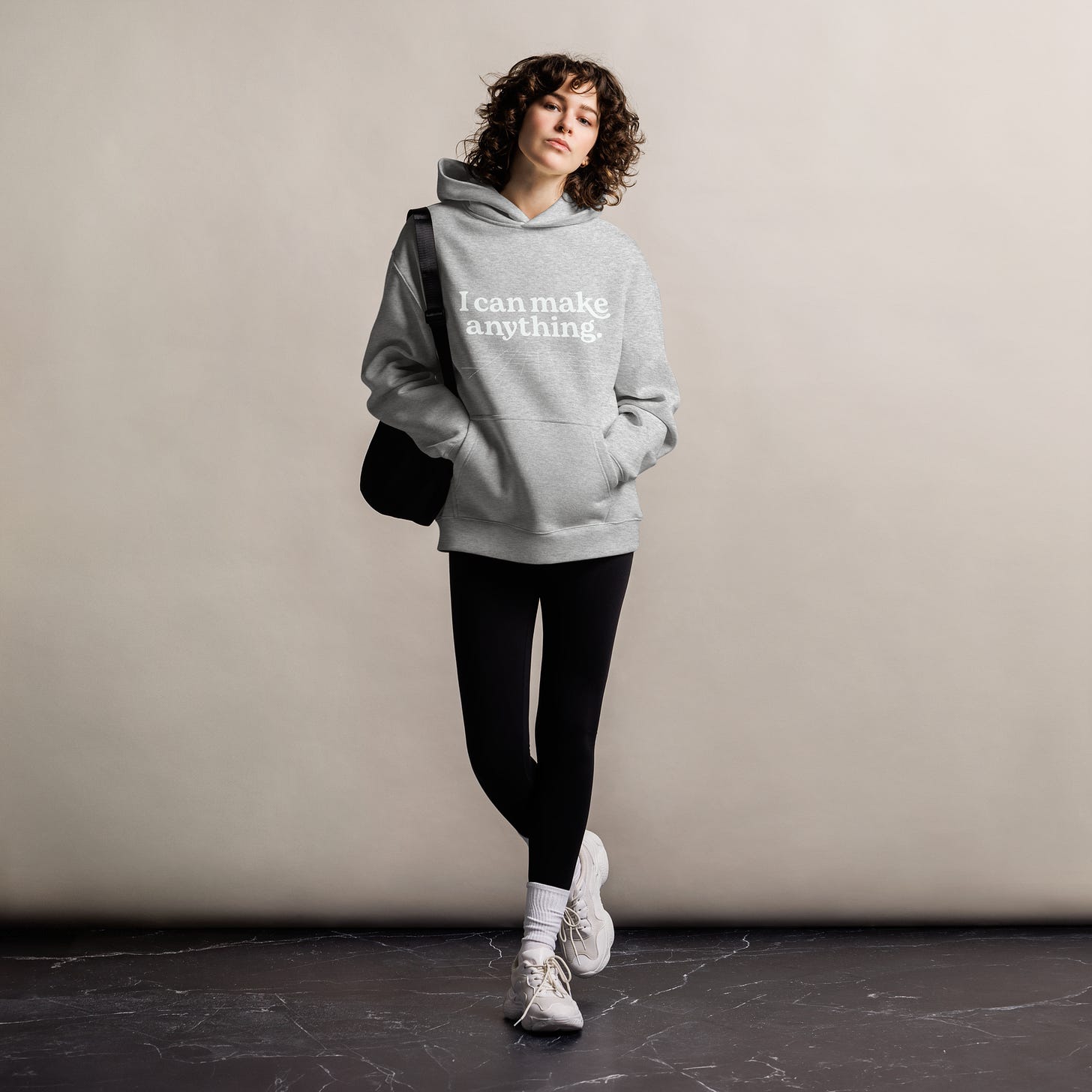
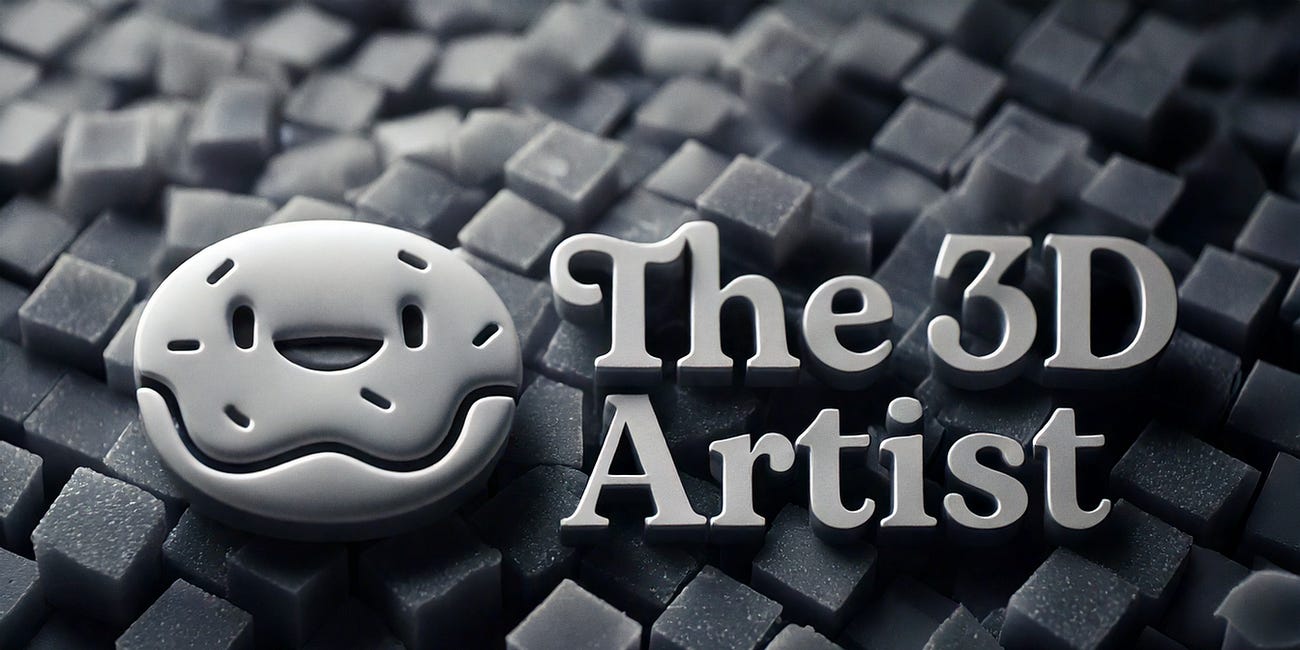
It's fascinating to see how much the industry has evolved. When we graduated from undergrad, we were often trained to be “one trick ponies.” Then, the focus shifted to being a “master of none,” with studios expecting us to be familiar with multiple software packages. Now, the trend seems to be moving back toward having proficiency in one key area, while also seeking artists who possess “depth”—someone who is skilled in 1-2 main skill sets but also understands various aspects of the production pipeline. It's increasingly important to be able to discuss different techniques and workflows, even if those skills aren’t your strongest.